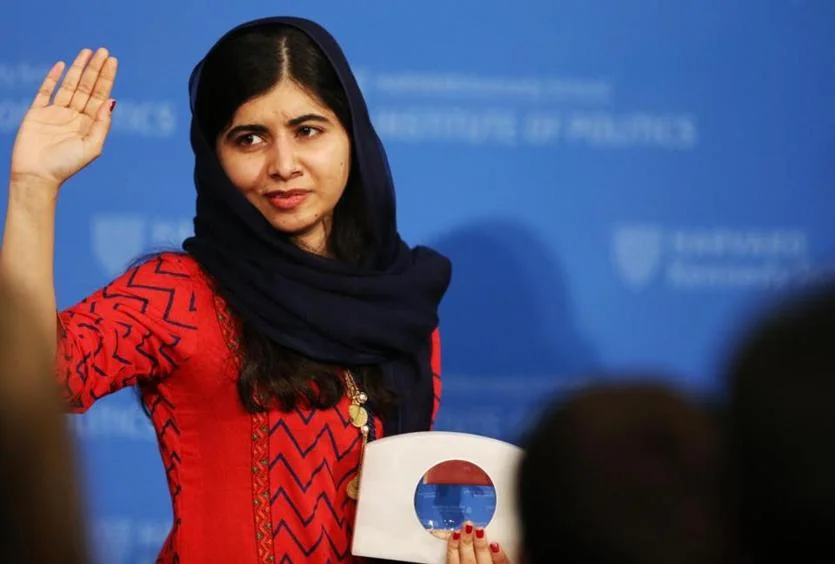India's Sex Ratio Problem Deepens As Technology Aids Patriarchy
/ Girl children at Theertham village of Krishnagiri district. File Photo: K. Bhagya PrakashA recent opinion piece in The Hindu confirms that India’s sex ratio problem is escalating. The ratio has declined from 976 females (for every 1000 males) in 1961 to 914 in 2011. Preliminary data from the 2011 census suggests that many districts have sex ratios less than 850.
Girl children at Theertham village of Krishnagiri district. File Photo: K. Bhagya PrakashA recent opinion piece in The Hindu confirms that India’s sex ratio problem is escalating. The ratio has declined from 976 females (for every 1000 males) in 1961 to 914 in 2011. Preliminary data from the 2011 census suggests that many districts have sex ratios less than 850.
Medical technology designed to improve prenatal care is being misused in India for detecting the sex of the unborn child and subsequently for sex-selection.
‘A large, nationally representative investigation of married women living in 1.1 million households documented markedly reduced sex ratios of 759 and 719 for second and third births when the preceding children were girls,’ writes Professor K.S. Jacob is on the faculty of the Christian Medical College, Vellore.
Brideburning & Femicide
This opinion piece comes at a moment when two older stories have come alive on the topic of bride burning and also the attempts of women in Afghanistan and India to commit suicide by setting themselves on fire. The Lancelet estimated that in 2001, over 100,000 women in India were set on fire and burned to death.
I’ve written frequently that the levels of patriarchal misogyny that is infused throughout these cultures is dumbfounding and beyond the comprehension of Western women. US Secretary of State Hillary Clinton has criticised the State Department for having failed to make women’s issues a focus in the past.
The only good news on these incredulously complex and terrifying stories about women’s lives are that like-minded people are connected via the Internet. While my two bride-burning stories are circulating, I Googled to see if a major report has been released and found The Hindu article.
The word patriarchy isn’t a damnable word invented by liberal Western women like myself. It is for real in most countries of the world, in varying degrees. I quote Professor Jacob, a rare man who is comfortable using the word ‘patriarchy’:
The major barrier to mainstreaming gender justice and scaling up effective interventions is gender inequality based on socio-cultural issues. The systematic discrimination of girls and women needs to be tackled if interventions have to work. Although medical intervention (of sex determination and selective abortion of female foetuses) in the sex ratio stands out as causal, it is the more hazy but ubiquitous and dominant relationship between gender and patriarchy that has a major impact on the outcome. The failure to recognise this relationship and the refusal to tackle these issues result in the declining sex ratio. Debates on gender equality should not be reduced to talking about culture, tradition and religion. The prevalent patriarchal framework needs to be acknowledged as causal, interrogated and laid bare. Discussions on alternative approaches to achieving gender justice are mandatory.
While women are guaranteed equality under the Constitution, legal protection has little effect in the face of the prevailing patriarchal culture. India needs to confront its gender bias openly. It would appear that nothing short of a social revolution would bring about an improvement in the health and status of women in the country. Irony and hypocrisy are the two words that come to mind when patriarchal societies talk about justice for their women. Surely, the disappearance of millions of girls in India is reason enough to question the acceptance of patriarchy and search for an egalitarian social order.
Certain practices introduced by the British — the judicial finger test in rape cases is one example — have deepened the hatred of women in India, which is associated with both Hindu and Islamic households and culture.
Women in India have improved their Constitutional rights significantly and will actually have proportionately more women in Parliament than in America’s Congress. India — like so many countries of the world — has instituted quota systems after looking at the pathetic progress of women in politics in America, a nation supposedly ‘liberated’ in its views on women.
Not only is progress for women in India slow, but the ever-growing sex ratio reality presents a host of critical new challenges for the future. I’ve wondered aloud if women will be expected to serve two husbands in a ‘share a wife’ scheme that will literally snuff the life out of women in the countryside. Imagine producing babies for two men, rather than one. Anne
More articles about women of India.




















































